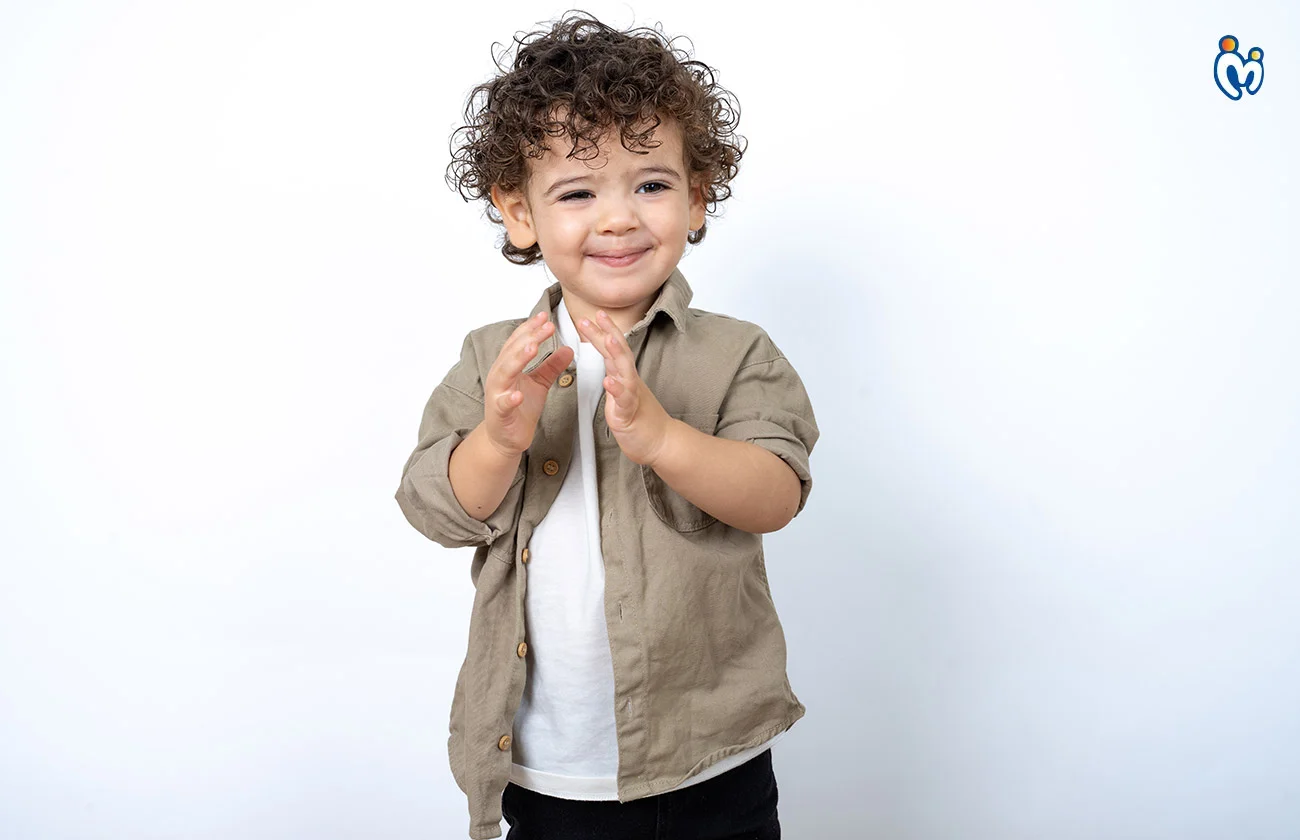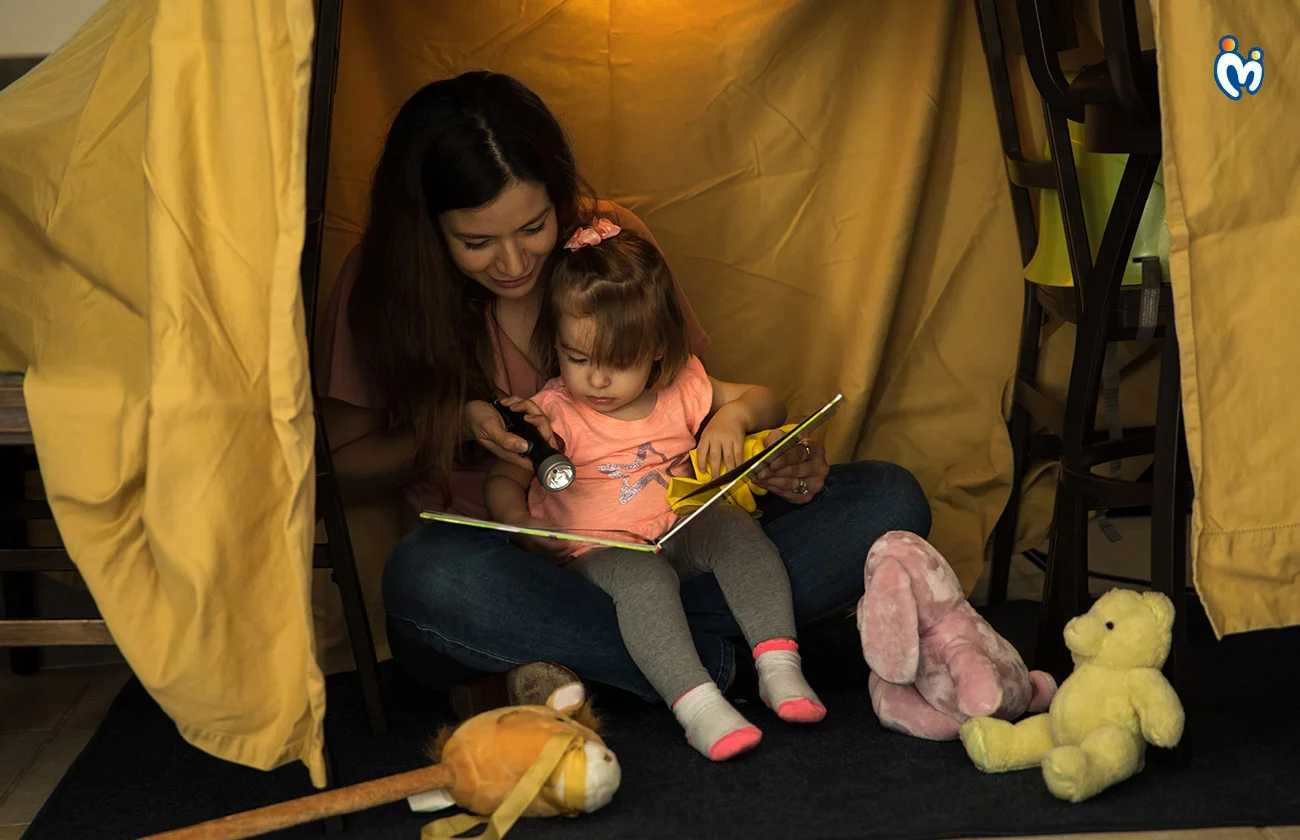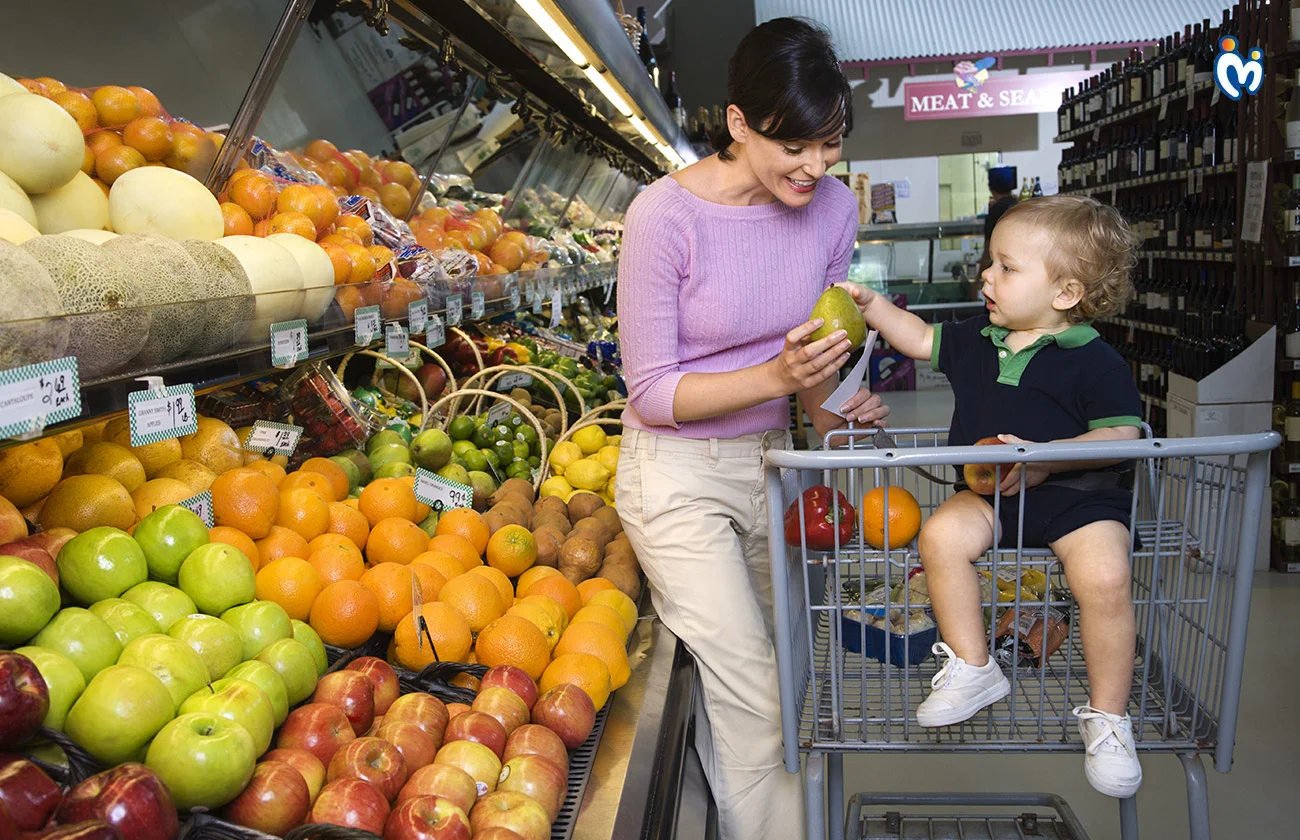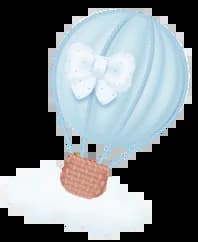Your toddler’s new independence is wild. And kind of wonderful.
(They grow up so fast... and apparently, they now dress like superheroes and demand snack privileges.)
Welcome to the “I Do It!” Phase, Mamy!
One day you’re spoon-feeding mashed banana to a gurgling little bundle of joy, and the next… they’re dramatically yelling “NO!” because you dared to put their left shoe on first.
Sounds familiar?
This newfound independence can feel really chaotic, especially if you’re dealing with a super energetic, active toddler. At the same time, this phase is a powerful part of your toddler’s development. Whether they are choosing their own clothes (even if it’s a cape and one sock) or if they’re climbing furniture with ninja-level stealth, everything is teaching your little one to assert themselves in the world.
And Mamy, it’s as exhausting as it is exciting. But you’re doing better than you think.
Why Are Toddlers Suddenly So... Independent?
It’s science, really. Between 18–36 months, toddlers go through major cognitive and emotional growth spurts.
They’re discovering:
- That they’re separate from you (wild, right?)
- That they can make choices (and refuse yours)
- That actions have consequences (like pouring water on the cat)
- That their opinions count, even when they change every two minutes
This can lead to meltdowns, power struggles, and major “Uh-oh, is this normal?” moments. The answer? Yes. It is. And it's a healthy, necessary part of growing up.

What Toddler Independence Looks Like (We’re Keeping it Real)
They make iconic fashion statements!
Behold: tutu over pajamas. Upside-down sunglasses. One sandal, one sock.
Let your toddler experiment with clothes and dressing up at this stage, even if they’re just observing you picking your own clothes and accessories. This builds decision-making and creativity for your little one’s mind (and makes for excellent photo ops).
They turn into little food critics, almost overnight!
They loved bananas yesterday. Today? It is utter betrayal if you bring a banana in as much as a twenty-metre radius in their vicinity. That’s quite normal.
Your toddler is still experimenting with their food choices, and what they like or dislike. Taste preferences change fast at this stage. Keep offering variety and avoid pressuring them to eat “just one bite.”

They climb Everything
Suddenly, your toddler is climbing on top of everything. The sofas, the shelves, and even the dog. Though their spiderman-like antics may worry you a little, it is nothing out of the ordinary. Their increasing curiosity to scale new heights (quite literally) is a very normal part of developing coordination and confidence within their little bodies.
You can help them navigate this phase of life by supervising them and creating safe spaces to climb (like a pillow fort). Gently redirect them from danger zones while
And… they start saying “NO!” to… Everything
Refusing bedtime. Refusing hugs. Refusing the sky being blue.
They’re not trying to be difficult, though it may seem like it on the surface. What is really happening though is that they’re trying to feel in control. Offer simple choices to them like, “Do you want to brush teeth before or after story time?” It gives them a feeling of control over their choices, helping to keep them calm and grounded at this stage of life.

How Mamies Can Cope With the Wild (and Wonderful)
1. Pick Your Battles
Not everything needs to be a “no.” Let them wear mismatched socks. Save your energy for the big stuff (like setting a consistent bedtime or stopping them from running into traffic when you’re out shopping).
2. Create Yes Spaces
Set up areas where they can play freely, climb, or explore without constant "Don't touch that!" reminders. Toddler-proof your home (and your sanity).
3. Stick to Gentle Routines
Predictability gives toddlers a sense of safety. Morning rituals, snack time, and wind-down rituals before bed help reduce emotional chaos for your toddler.
4. Offer Choices That Empower Them
Let them pick between two outfits. Two snacks. Two books. Giving them limited choices makes them feel in charge, while keeping things manageable for you.
5. Stay Calm (Even If They’re Screaming in the Grocery Store)
Easier said than done, right? But toddlers look to you for emotional regulation. When you model calm (even when they’re losing it), they learn how to self-soothe too.

From Mamy to Mamy: This Is Growth in Disguise
Every “I do it!” and every mini meltdown is a way for your toddler to tell the world: “I’m becoming me!”
They’re practicing bravery in a world that is still quite alien to their little toddler minds. They’re also building confidence. They’re finding their little voice that’s only going to become bigger and more beautiful.
And yes, it can be loud and messy and frustrating, but it’s also wildly beautiful. You’re not losing your little baby as you knew them in the infant stage. You’re watching them grow into themselves!
And through all of it, they’re still your baby. Just... a foot taller, and with more opinions.
FAQ's
Q. Why is my toddler suddenly saying “No” to everything?
Ans.Toddlers say “No” to assert control and express independence. Between 18–36 months, they develop decision-making skills and realize they can influence their environment. It’s not defiance; it’s learning autonomy. Offering simple choices like “blue shirt or red shirt?” helps them feel empowered while reducing power struggles.
Q. How can I encourage my toddler’s independence without chaos?
Ans.Encourage independence by creating safe spaces for exploration, letting them make small decisions, and sticking to routines. For example, allow them to choose between two snacks or outfits. Supervised freedom helps them learn responsibility while minimizing risks, making independence a positive, manageable part of their development.
Q. Is it normal for toddlers to change food preferences so quickly?
Ans.Yes, it’s completely normal. Toddlers are experimenting with tastes and textures, which means they may love a food one day and reject it the next. Continue offering a variety of healthy options without pressure. You can check your toddler’s growth and nutritional needs with the Baby Growth Calculator for age-appropriate feeding guidance.
Q. Why is my toddler climbing on everything?
Ans.Climbing is part of their physical and cognitive development. It helps toddlers build strength, coordination, and confidence. While it can be nerve-wracking, it’s a normal way for them to explore their surroundings. Supervise closely, toddler-proof your home, and provide safe climbing alternatives like soft play areas or pillow forts.
Q. How can I manage toddler meltdowns in public?
Ans.Stay calm, acknowledge their feelings, and gently redirect their attention. Offer a choice like, “Do you want to walk or ride in the stroller?” Consistency and routines help prevent meltdowns. Remember, toddlers mirror your emotions—modeling calm behavior teaches them how to regulate their feelings over time.
Q. Should I let my toddler dress themselves?
Ans.Yes, allowing your toddler to choose their clothes encourages independence and decision-making. It may lead to quirky outfits (like a cape with one sock), but it boosts creativity and confidence. Offer two or three outfit choices to keep it manageable while still giving them a sense of control.
Q. How can routines help with toddler behavior?
Ans.Predictable routines create a sense of safety for toddlers, reducing stress and emotional outbursts. Consistent meal, play, and sleep schedules help them know what to expect, making transitions easier. Simple rituals like bedtime stories or morning greetings can also strengthen your bond and provide stability during their independence phase.
Q. Why does my toddler refuse help with simple tasks?
Ans.Toddlers often refuse help because they’re practicing independence and building self-confidence. Saying “I do it!” means they’re eager to master new skills. Allow them to try, even if it takes longer, and offer assistance only when they ask. This fosters resilience and builds a sense of accomplishment.
Q. How do I set boundaries without discouraging independence?
Ans.Set clear, consistent limits while offering choices within them. For example, “You can choose between two snacks, but snacks stay at the table.” This teaches autonomy within safe boundaries. Calmly enforce rules when needed and balance structure with opportunities for exploration, giving them security alongside freedom to grow.
Q. How do I stay patient during this challenging phase?
Ans.Remind yourself that this independence phase is crucial for your toddler’s growth. Take deep breaths, lean on routines, and ask for help when needed. Celebrate small milestones, like when they dress themselves or use polite words. Reframe challenges as signs of progress—it makes the journey less stressful and more joyful.
















